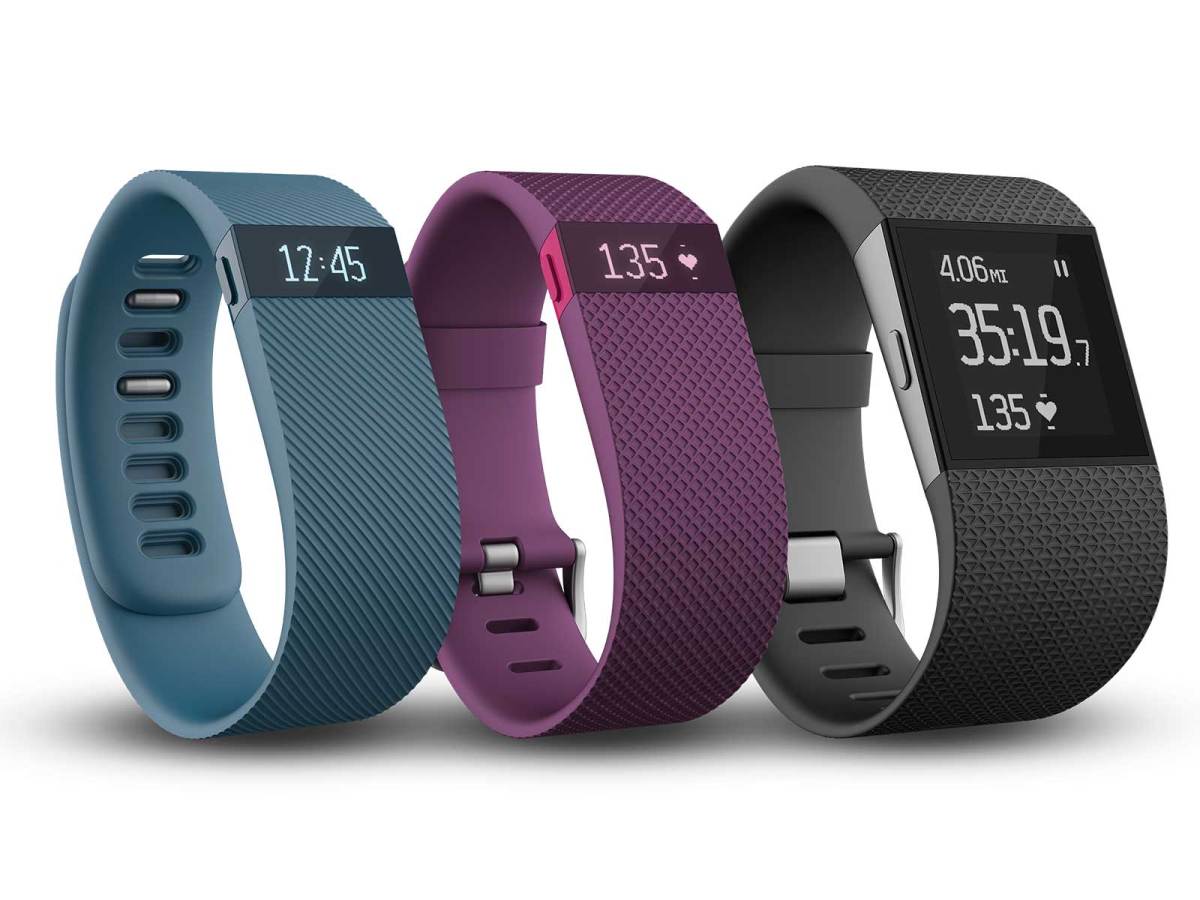San Jose
Fitbit founders James Park and Eric Friedman made a bet about how many orders they would receive for their new wearable trackers on the very first day they went on sale online in 2009.
They’d been working on the product, which was inspired by the sensor technology inside the Nintendo Wii, since 2007 and were preparing to fulfill their first shipment.
Friedman bet 50 orders, while Park opted for a more conservative figure; estimating they’d receive just five orders.
“They received 2,000 orders that day and then had to figure out how they actually ship,” says Bill Zerella CFO of Fitbit. “It’s been off to the races since then and now now we’ve shipped millions of units.”
Zerella was speaking on the opening day of SuiteWorld 2015 in San Jose, the annual conference for NetSuite, a provider of cloud-based financials/ERP and omnichannel commerce software suites.
Zerella provided an insight into the retail strategy and future direction for Fitbit, which has been a pioneer in growing the pie for the wearable and activity tracker market.
Rising obesity rates around the world and people wanting more and more data to understand their health were two trends that added fuel to Fitbit’s fire in its early days. This, coupled with technological hardware innovation in sensors, microcontrollers, low energy Bluetooth and the proliferation of smartphones – which provide the platform to visualise the data and control the device – all aligned to create a market for this new kind of product.
Fitbit envisages its market as a fitness pyramid. Zarella says the company was founded on providing an activity tracker for the everyday man or woman, essentially the broadest base level of the pyramid. The company’s most recent product releases, the Charge HR and the Surge are aimed at the higher points of the pyramid; active and performance users.
“Over the last four or five months we have introduced new products that have moved up the pyramid to active and performance users. Those products have been very successful. We introduced 24/7 heart rate technology with fairly long battery life,” Zerella said.
This is an important company strategy for floor staff to be aware of when selling Fitbits; qualify which activities the consumer is interested in. For example the Surge is for people at the top of the pyramid, those into cycling or ready to tackle a triathlon.
When it comes to its sales channel strategy, the company began selling direct to consumers online. In the US it then progressed into Best Buy and consumer electronics stores and sporting good stores.
Over time the company evolved and started selling through mass market retailers such as Costco, Coles, Wallmart, and wireless carriers like AT&T and Verizon, Zerella said.
He also spoke of “a B2B business housed inside a B2C business.” Fitbit’s corporate wellness business sells direct to corporations around the world, which distributes Fitbits to their employees to encourage them to be more active, build comradery and lower their healthcare costs.
For example during SuiteWorld 2015 each of the attendees was given a Fitbit Flex to track their steps and assigned a team to represent two different charities, which will benefit financially from the number of steps taken throughout the three days in the San Jose Convention Center.
Zerella was tight lipped about the specifics for future of Fitbit. Although he did say the company employs twice as many software developers as hardware developers and they will be looking more at the service side of the business.
“In business before you can improve things you have to measure them, right?
“Now we are looking how do we kind of go beyond that [collection of data] and put together a set of service options that help people achieve their goals. So that’s kind of where we are heading directionally.”

